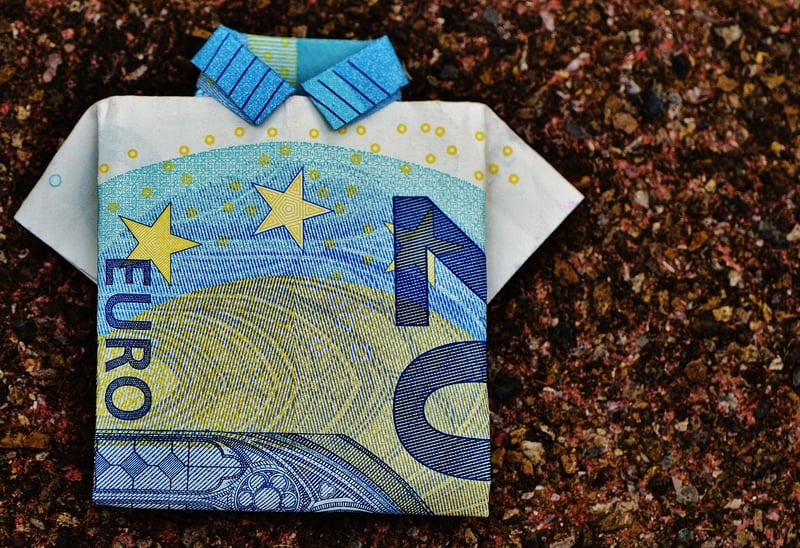Recovery Techniques
Essential Guide to Muscle Repair and Growth + Recovery Techniques
The Importance of Muscle Repair and Growth
When it comes to fitness and exercise, muscle repair and growth are crucial factors in achieving your desired results. Whether you are a seasoned athlete or just starting your fitness journey, understanding how muscles repair and grow can help you optimize your workouts and reach your goals faster.
Protein: The Building Block of Muscles
Protein is essential for muscle repair and growth. When you work out, especially through resistance training, you create small tears in your muscle fibers. Consuming an adequate amount of protein helps repair these tears and promotes muscle growth. Include protein-rich foods such as lean meat, fish, eggs, dairy, and plant-based sources like beans and legumes in your diet.

Rest and Recovery
Rest is just as important as exercise when it comes to muscle repair and growth. Your muscles need time to recover and rebuild after a workout. Make sure to get enough sleep, as this is when your body repairs and regenerates muscle tissue. Incorporate rest days into your workout routine to prevent overtraining and allow your muscles to heal.
Hydration and Nutrition
Staying hydrated is critical for muscle function and repair. Water helps transport nutrients to your cells and remove waste products, aiding in the recovery process. In addition to protein, ensure you are consuming a well-balanced diet rich in vitamins, minerals, and healthy fats to support overall muscle health.

Recovery Techniques
There are several techniques you can incorporate into your routine to enhance muscle recovery:
- Stretching: Regular stretching can help improve flexibility, reduce muscle tension, and promote blood flow to aid in recovery.
- Foam Rolling: Using a foam roller can help release muscle tightness and improve circulation.
- Massage: Professional massages or self-massage techniques can help relax muscles and reduce soreness.
- Ice Baths: Cold therapy can help reduce inflammation and muscle soreness post-workout.
- Active Recovery: Light exercise such as walking or yoga can help promote blood flow and speed up recovery without putting too much strain on your muscles.
By incorporating these recovery techniques into your routine and prioritizing muscle repair and growth, you can optimize your fitness journey and achieve your goals more effectively.
Remember, consistency is key. Listen to your body, give it the rest and nutrients it needs, and watch your muscles grow stronger with each workout.
